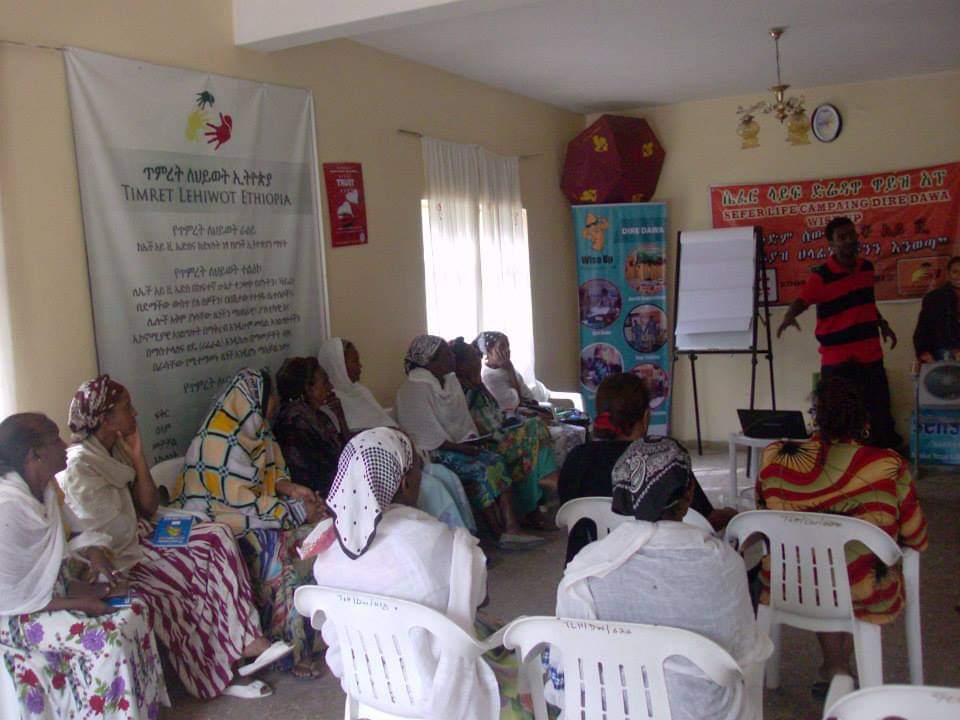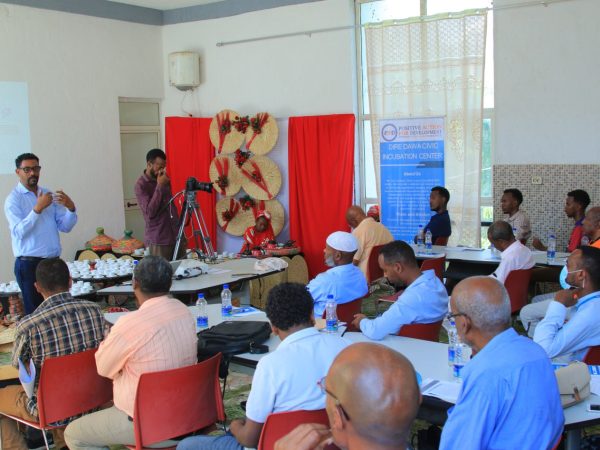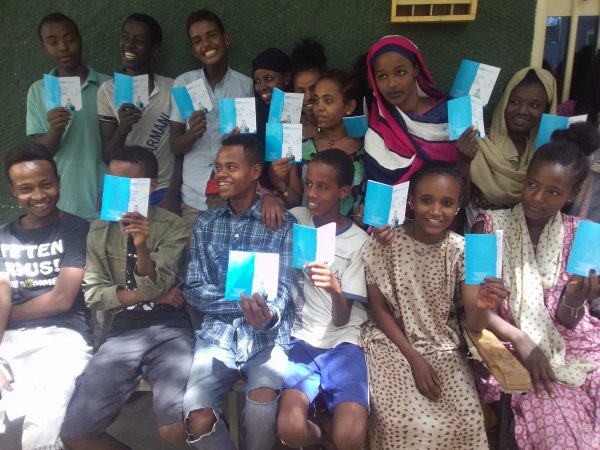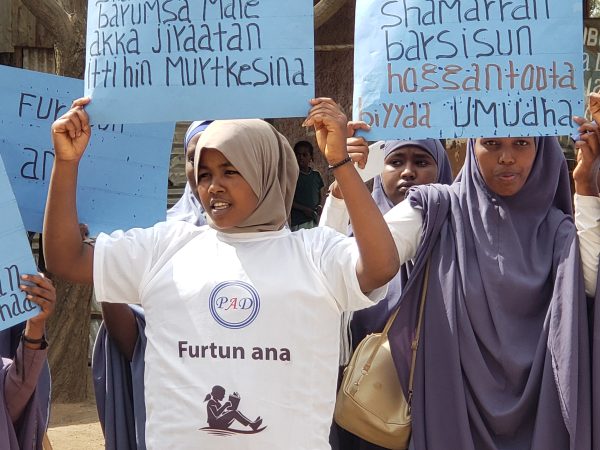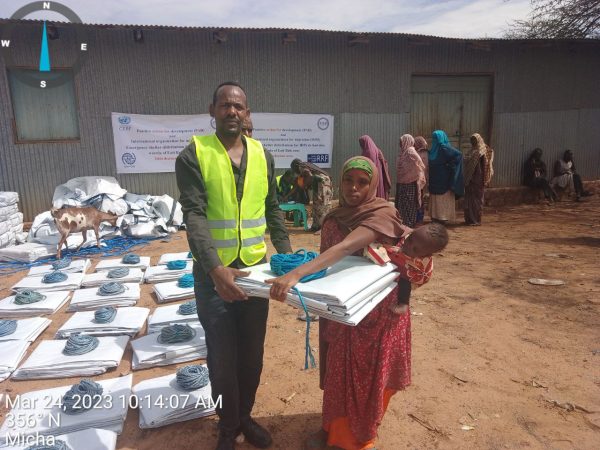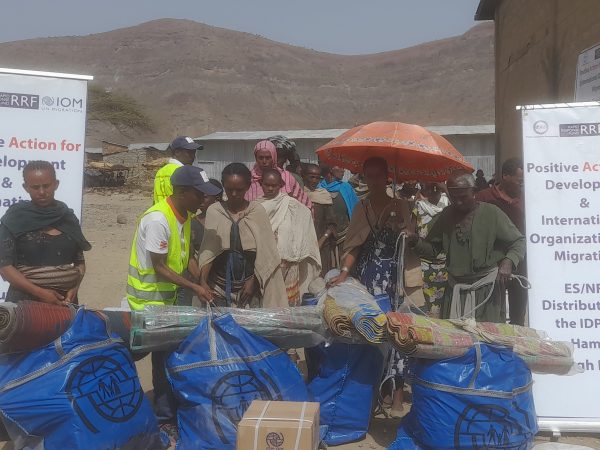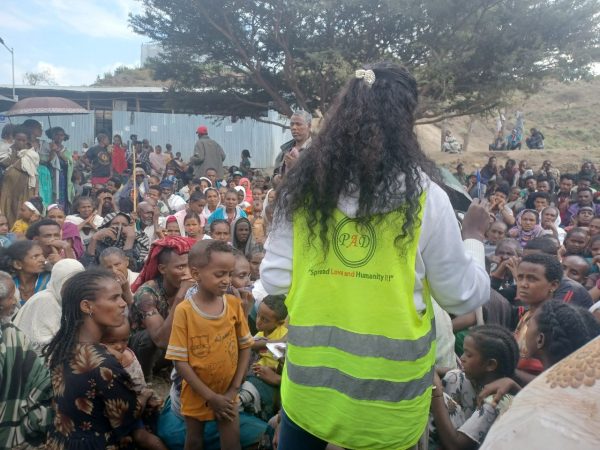Our health program includes community-based HIV/AIDS care and support, community based mental health mitigation, reproductive health prevention, prevention of non-communicable disease. Community based care and support, advocacy, community dialogue, referral linkage, capacity building, deployment of community volunteers and health resource mobilization are some the few strategies implemented by the project. Doing so community based mental health used as an input in the formulation of Ethiopian second mental health strategy, government action to finance mental health while scaling up its services in the target area.
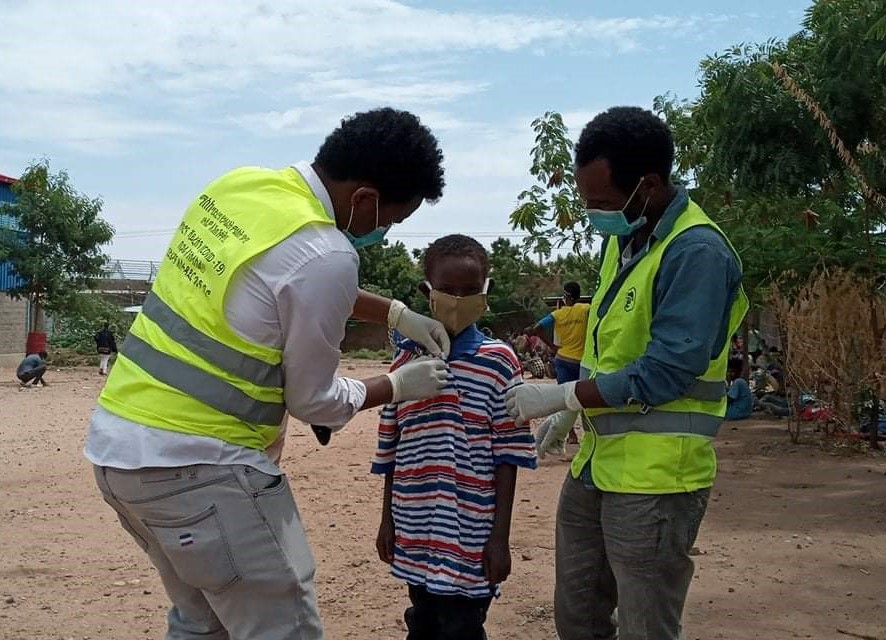
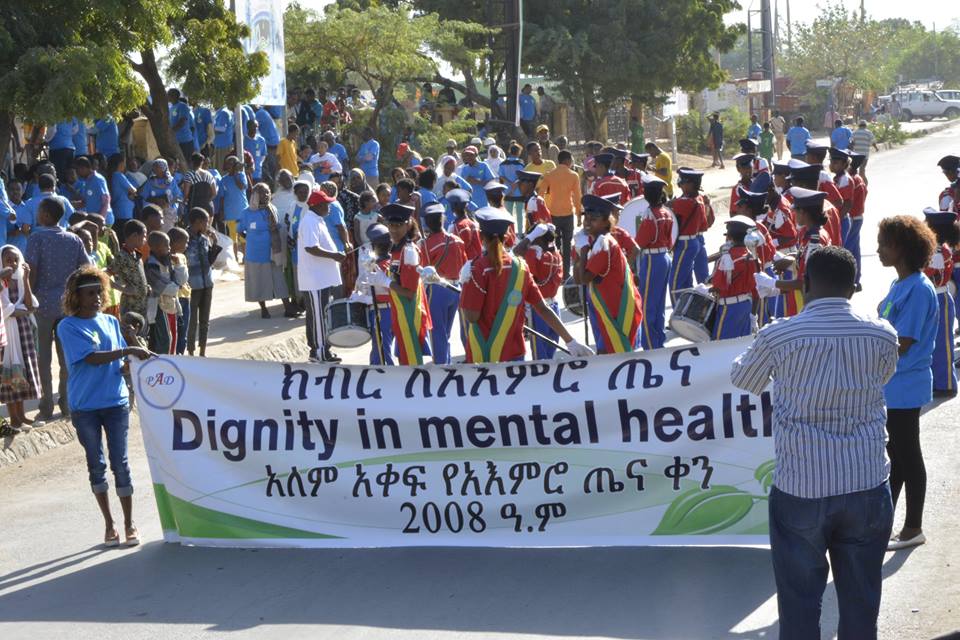
Mental illness comprised 13% of the total global burden of disease a figure that is expected to rise to 15% by the year 2025. In Ethiopia, mental illness is the leading non-communicable disorder in terms of burden and mental illness comprised 11% of the total burden of disease, with schizophrenia and depression included in the top ten most burdensome conditions, out-ranking HIV/AIDS. Taking this in to account PAD mental health program work to contribute to
- More services and resources become available for people affected by mental ill-health and their families,
- Quality of life(like schooling & medication) begins to improve and people effected by mental ill health and their families become connected and organized
- Government and public awareness on mental ill-health increase
HIV/AIDS is one of the biggest health problems in Ethiopia. The problem is acute among the country’s most vulnerable demographic of commercial sex workers, including long-distance drivers. As such, PAD has undertaken efforts that contribute to national and regional efforts to address the challenges of HIV/AIDS. PAD initiatives focus on key strategies that require early diagnosis, linkage to treatment and care, prevention, and response. Accordingly, PAD works to create demand for diagnosis in HIV-infected individuals as early as possible after infection, to quickly and effectively link people to HIV treatment and care to achieve sustained viral suppression, and to prevent new HIV infections by promoting preventive approaches and transmission. In this way, PAD has been able to reach more than 50,000 of the most vulnerable children with its HIV/AIDS prevention programs.
